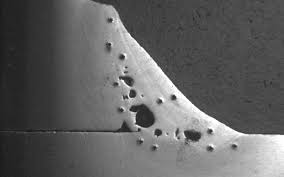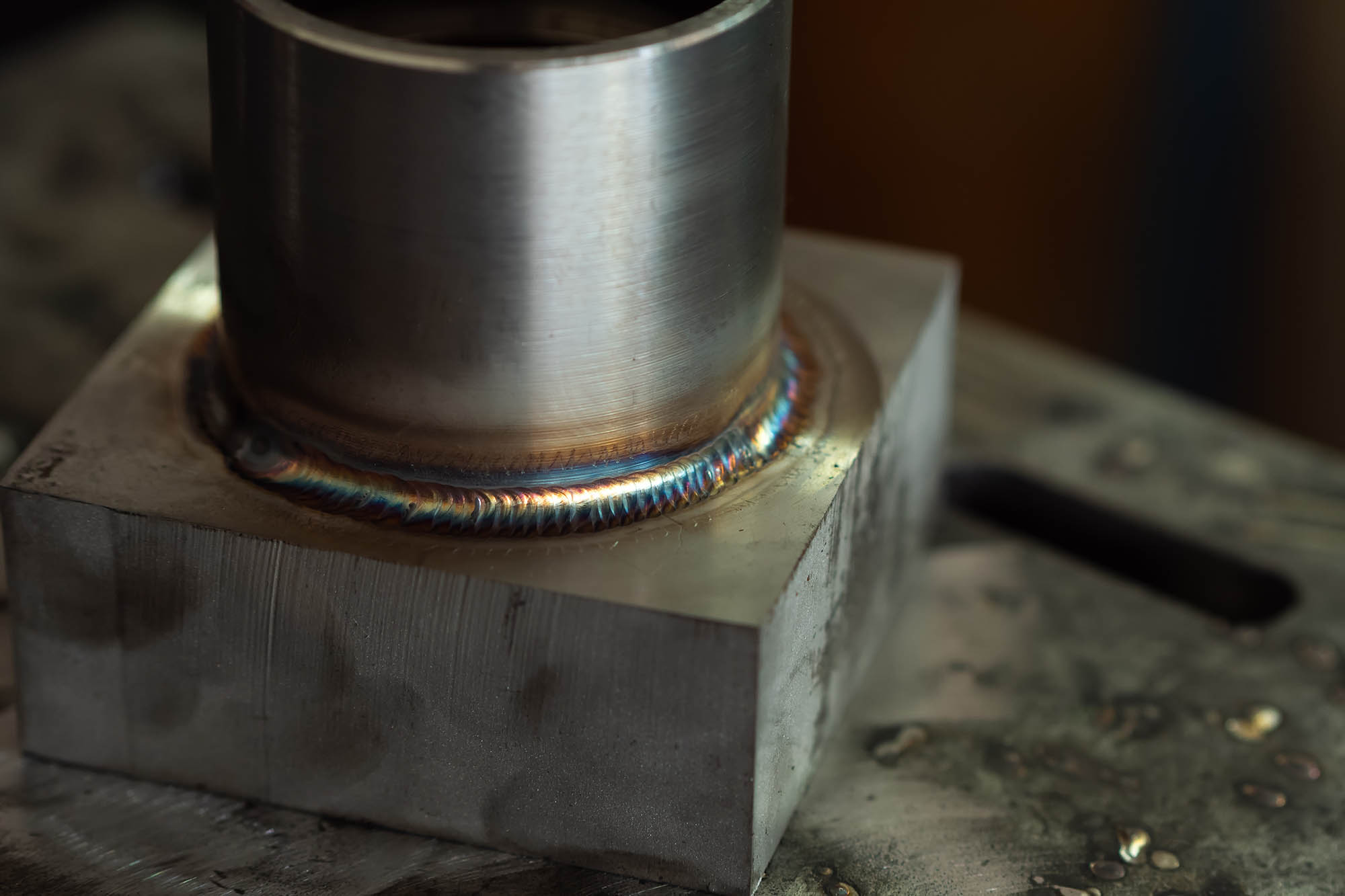Understanding Porosity in Welding: Discovering Reasons, Results, and Prevention Techniques
Porosity in welding is a consistent obstacle that can significantly impact the high quality and integrity of welds. As specialists in the welding sector are cognizant, understanding the causes, effects, and prevention techniques connected to porosity is vital for attaining durable and reputable welds. By delving into the origin of porosity, examining its detrimental impacts on weld quality, and exploring efficient avoidance techniques, welders can improve their expertise and abilities to generate top notch welds constantly. The detailed interplay of elements adding to porosity calls for a detailed understanding and a positive approach to ensure effective welding end results.
Typical Sources Of Porosity
Contamination, in the form of dirt, oil, or corrosion on the welding surface, produces gas pockets when warmed, leading to porosity in the weld. Incorrect shielding occurs when the protecting gas, typically utilized in procedures like MIG and TIG welding, is unable to fully secure the molten weld pool from reacting with the surrounding air, resulting in gas entrapment and subsequent porosity. Additionally, insufficient gas protection, frequently due to wrong flow rates or nozzle positioning, can leave parts of the weld unprotected, permitting porosity to create.
Results on Weld High Quality
The existence of porosity in a weld can substantially compromise the total high quality and honesty of the welded joint. Porosity within a weld produces gaps or tooth cavities that damage the framework, making it more at risk to splitting, corrosion, and mechanical failing.
Additionally, porosity can hinder the effectiveness of non-destructive testing (NDT) strategies, making it testing to find various other flaws or discontinuities within the weld. This can cause considerable safety and security problems, specifically in crucial applications where the structural honesty of the welded elements is paramount.

Avoidance Techniques Review
Offered the destructive influence of porosity on weld quality, effective avoidance methods are important to keeping the architectural honesty of bonded joints. Among the main prevention strategies is detailed cleansing of the base materials prior to welding. Impurities such as oil, oil, rust, and dampness can add to porosity, so making certain a clean job surface is crucial. Appropriate storage space of welding consumables in completely dry conditions is additionally essential to stop dampness absorption, which can bring about gas entrapment during welding. Additionally, choosing the suitable welding parameters, such as voltage, existing, and travel speed, can help decrease the danger of porosity development. Making sure appropriate securing gas circulation and protection is an additional critical prevention method, as insufficient gas insurance coverage can cause atmospheric contamination and porosity. Correct welder training and accreditation are vital for executing precautionary procedures efficiently and continually. By integrating these avoidance techniques into welding methods, the event of porosity can be significantly reduced, resulting in stronger and a lot more trusted bonded joints.
Relevance of Correct Shielding
Correct shielding in welding plays a critical role in stopping climatic contamination and making certain the stability of welded joints. Protecting gases, such as argon, helium, or a blend of both, are generally made use of to safeguard the weld pool from reacting with components airborne like oxygen and nitrogen. When these responsive components enter into contact with the hot weld swimming pool, they can create porosity, bring about weak welds with lowered mechanical residential properties.

Insufficient shielding can lead to various flaws like porosity, spatter, and oxidation, jeopardizing the structural stability of the bonded joint. Adhering to correct protecting methods is find this necessary to generate high-grade welds with minimal issues and ensure the durability and integrity of the bonded parts.
Surveillance and Control Approaches
Exactly how can welders successfully keep an eye on and manage the welding procedure to make certain optimum outcomes and stop flaws like porosity? By constantly keeping an eye on these variables, welders can determine variances from the optimal problems and make prompt changes to protect against porosity formation.

Furthermore, carrying out appropriate training programs for welders is important for keeping track of and controlling the you could try these out welding process properly. What is Porosity. Informing welders on the relevance of preserving regular parameters, such as correct gas protecting and travel rate, can help avoid porosity concerns. Regular analyses and certifications can additionally ensure that welders excel in monitoring and managing welding procedures
Additionally, making use of automated welding systems can improve monitoring and control capacities. These systems can specifically control welding criteria, decreasing the probability of human error and making sure consistent weld top quality. By combining sophisticated tracking innovations, training programs, and automated systems, welders can successfully check and regulate the welding process to lessen porosity defects and accomplish premium welds.
Final Thought
